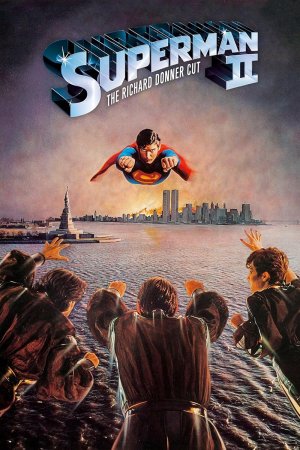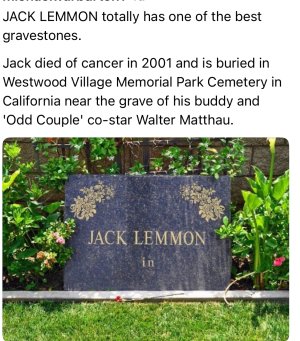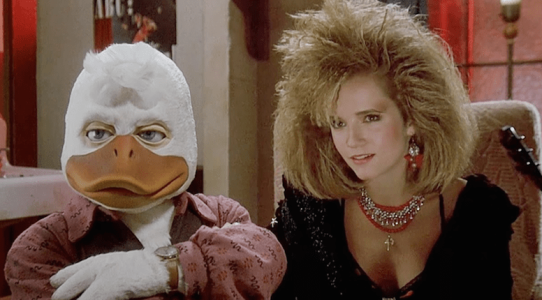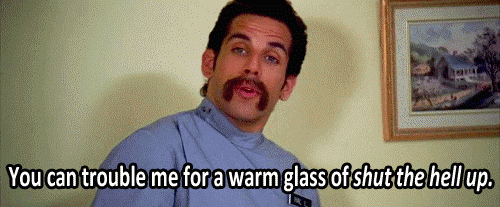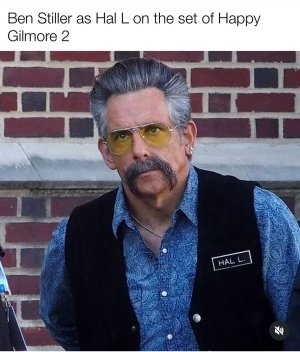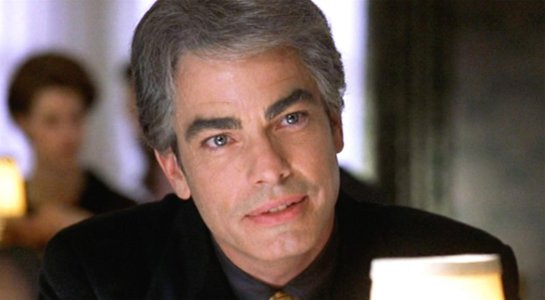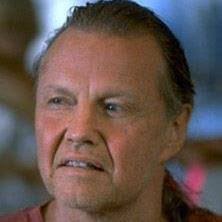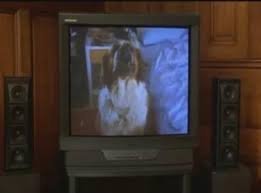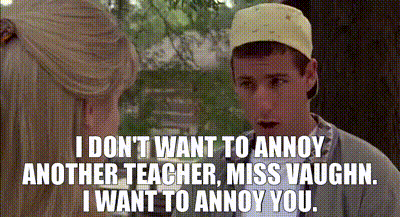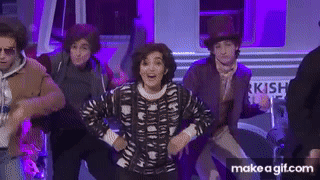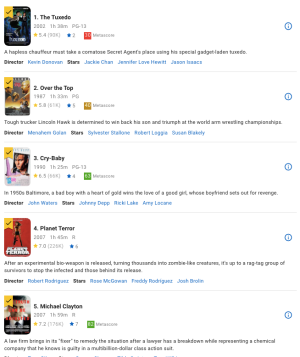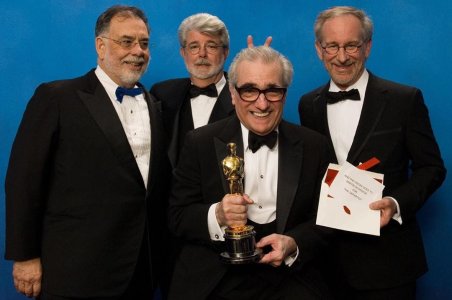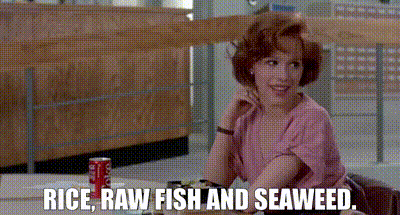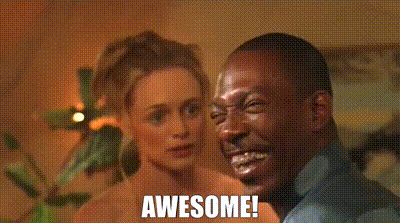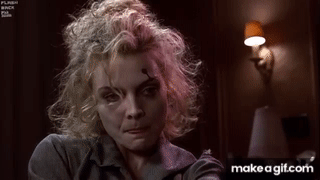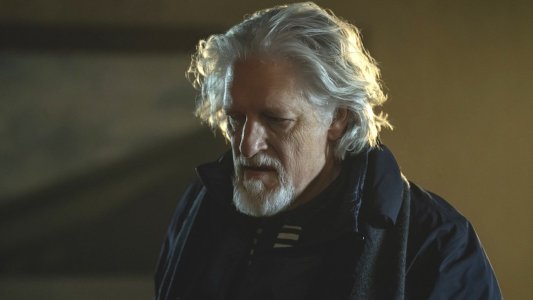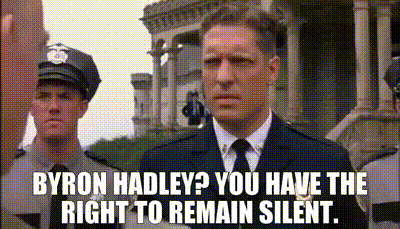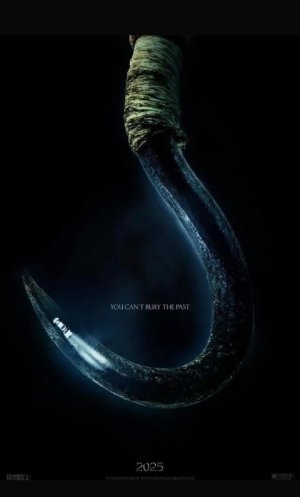Let me start by saying I truly loved
Lady Bird.
That said, its glaring Whiteness feels strange, and like a sad missed opportunity.
The film, which takes place in Sacramento, California, in 2002–2003, is a somewhat autobiographical tale of a complex young woman, her self-discovery, and her relationship with her mother. It has been lauded as one of the best films of the year, and has been celebrated for making a young woman and her experiences both genuine and central, as opposed to cliched and in the service of a male character. It has two people of color who are purely foils to the main character. It features (SPOILER ALERT) one queer character. All of the characters are able-bodied, although there is a character whose mental illness is mentioned.
So many women have voiced that the film, having been written and directed by a woman so intimately portraying a version of her own coming of age, was refreshing and a mark of progress in representation.
Sacramento had people of color in 2002. In fact, that very year it was named one of the most
diverse cities in the country! And while
Lady Bird features a couple, they are used to highlight the main character, Christine’s, own limited world view. (SPOILER ALERT) The one queer character, Danny, was not so much a person of his own, but rather a plot point that spurred the main Christine into acting like a real human for the first time in the film. Her father’s depression was used similarly- it’s not about dad being depressed, it’s how she responded to it and how it impacts her. None of these people are well-developed, like Christine, her mother, or her best friend, the real hearts of the film.
A part of me is excited to see these roles reversed. So often, women in film exist solely to advance male characters and their stories. In
Lady Bird, however, every character exists to move Christine forward, including two male love interests. It’s new and barrier-breaking to see women truly in the driver’s seat, in a film by women, about women, in the same way that films have been about men forever. Kyle, Christine’s second boyfriend, is a straight male caricature who seems to be a light hyperbole of the worst things about men, and is more a plot point than a person (something of a teen boy equivalent to a Manic Pixie Dream Girl). Co-opting this form of storytelling and treating Kyle’s character as a throwaway almost feels restorative. (SPOILER ALERT) Danny, however, could have been a real person. In portraying a queer character, Gerwig had an opportunity to add to the narrow representation queer folx face in media. Instead, Danny’s coming out was really about Christine. The film never actually talks about Miguel and Shelly, and what it means for them to be in this White family. The same is true for her father’s depression- the brief conversation about mental illness in the film was really about Christine’s own self-centeredness and what it would take to shake her out of it.
The problem with White feminism is that it so ardently calls for representation and diversity, and so often fails to recognize its own position of privilege and how that could secure further representation and diversity for even more marginalized groups.
Gerwig may not have thought to use this platform to represent others. Her goal in making this movie was very much to tell Christine’s story, and she did that with affecting skill. She, simply, may not have thought of this as an opportunity to tell more stories than her own, on whatever scale.
Alternately, she may have considered including more diversity in her film, but felt that her voice and platform weren’t the most appropriate for sincere representation. After receiving backlash for the all-White cast of
Girls, Lena Dunham defended the show by saying, “I wrote the first season primarily by myself, and I co-wrote a few episodes. But I am a half-Jew, half-WASP, and I wrote two Jews and two WASPs. Something I wanted to avoid was tokenism in casting. If I had one of the four girls, if, for example, she was African-American, I feel like — not that the experience of an African-American girl and a white girl are drastically different, but there has to be specificity to that experience [that] I wasn’t able to speak to.”
Either way, watching
Lady Bird feels deeply sincere to Christine (and by extension, Gerwig), and, for the same reasons, incredibly narrow. Did Gerwig just not know many people of color in the most diverse city in America in 2002? Did she just not feel comfortable writing those characters, or consulting other writers in a project so deeply personal? Films like these ask whether adding more opportunities to humanize Danny (as opposed to living as a name crossed out on Christine’s wall), or having more than a throwaway conversation about depression, or including people of color’s perspectives, detract from the pointedness of a tale about the genuine experience of this specific teenage White girl.
In pushes for social progress, such as affirmative action,
White women are often the first to benefit, and benefit the most. When they take their opportunities for progress, such as breaking down barriers and becoming successful writer-directors of top-rated films, it is not unreasonable to hope that they would bring some folx along with them. Maybe
Lady Bird wasn’t the movie- maybe it was too personal for Gerwig to feel like she could bring other writers or consultants in to add depth to characters from marginalized communities. But that is a way to encourage diversity. You can include others so that you’re not co-opting their stories.
In the last few months, Greta Gerwig has been interviewed by Vulture, The New York Times, Interview Magazine, Vanity Fair, and others. While she has been spoken up on the importance of women in roles of power, she has otherwise been relatively quiet on social issues. I hope she uses her voice, now amplified by this amazing success, to be supportive of other communities. I hope she brings people with her.









